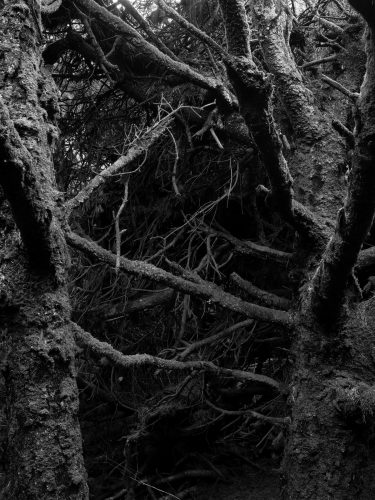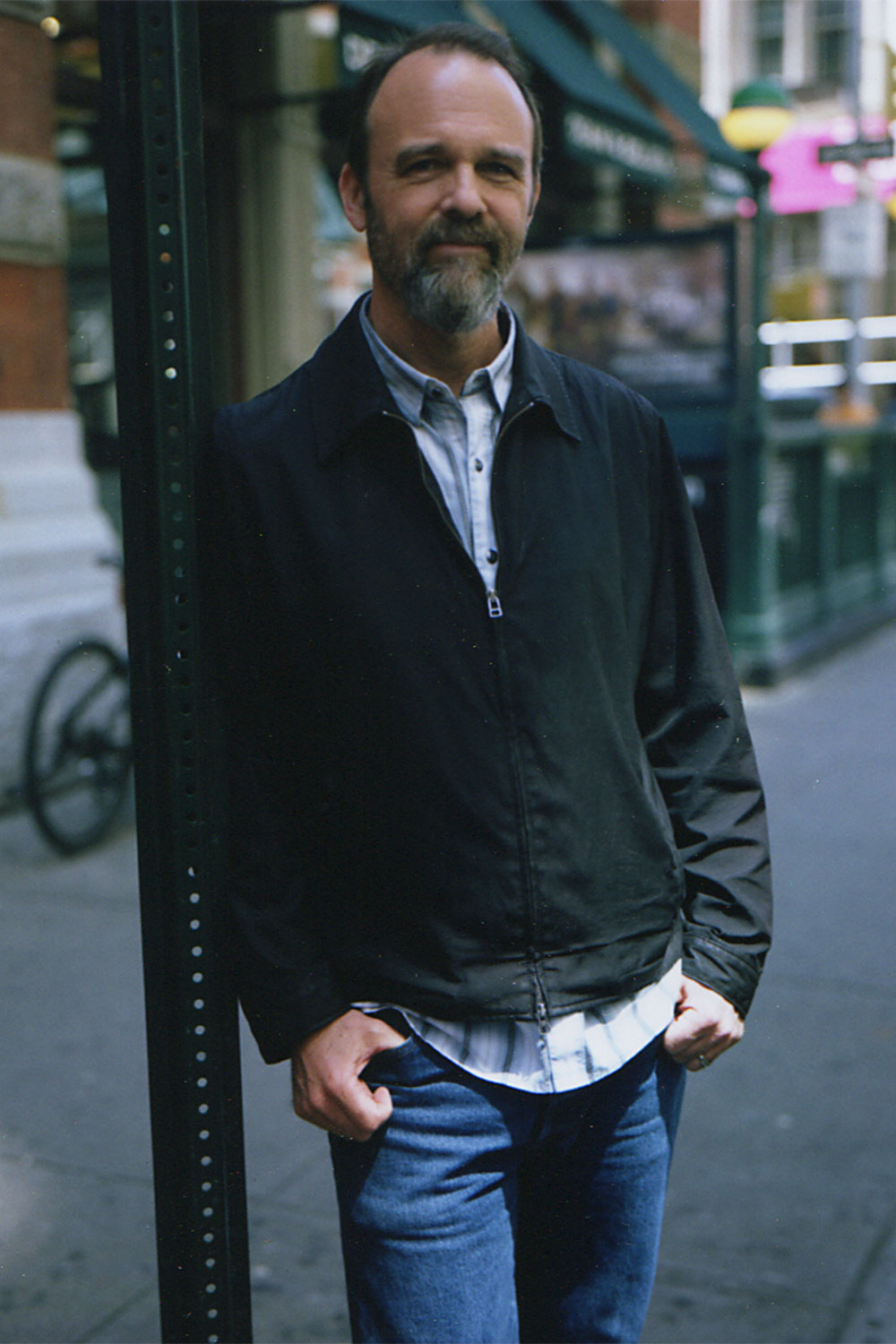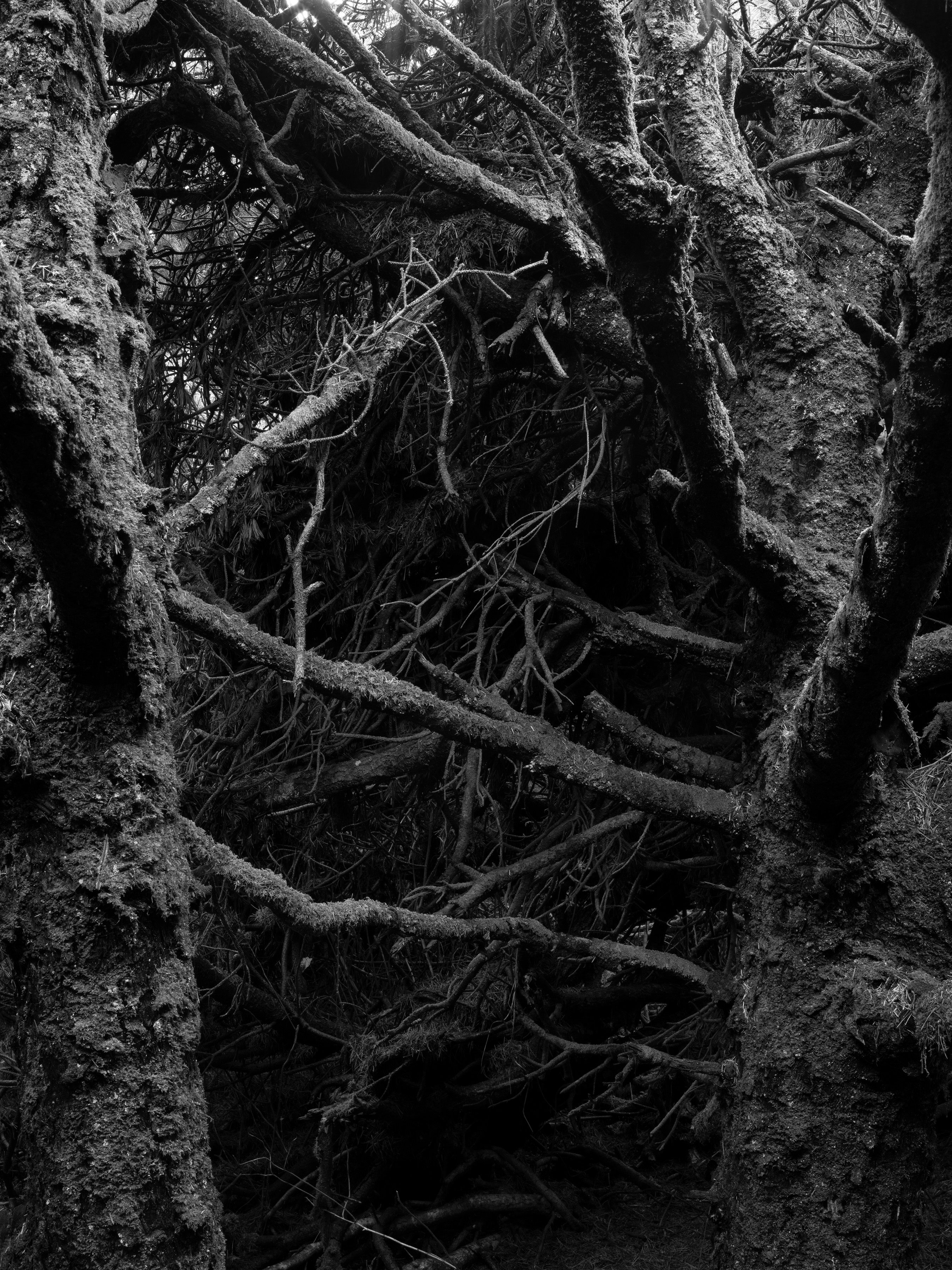
Eugene Weekly checked in with Ron Jude, associate professor of art at the University of Oregon and the author of 10 photography monographs. He is a recent recipient of a 2019 Guggenheim Fellowship Award. The interview has been edited for length and clarity.
Congrats on the Guggenheim. Can you briefly describe for me the moment you found out you’d won? Was the award a surprise?
I was preparing for a class, and I received an email from the Guggenheim Foundation minutes before the start of a lecture. I was thrilled, to say the least, so I was a couple of minutes late for class because I had to call Danielle [Mericle], my wife, and let her know. Getting the award was a surprise, although, of course, I was hopeful. The application is completed months before the announcement, so you sort of have to forget about it while they work through the selection process.
Enlarge

Photo by Jean Andre Antoine
Of the other 2019 winners, pick a favorite photographer and describe why you like their work.
I’ve always admired Cathy Opie’s work. I don’t necessarily love all of it, but what I respect is that she is constantly experimenting and, although she has a great career, she doesn’t churn out work in a career-type fashion. For me, that’s what being an artist is all about: risking failure by consistently mixing things up. From studio portraits, to platinum prints of freeway overpasses, to surfers, I’m always surprised by her work. Ultimately that’s what I want out of art — to be surprised by being shown something I didn’t already know I liked.
You’ve been in Eugene a few years now. What are your general impressions of Eugene and of Oregon?
I’m utterly in love with Oregon and Eugene. It’s the first place I’ve lived in my adult life that truly feels like home. Danielle and I have a 10-year-old son, and Eugene so far has been a great place to raise him. We moved here from upstate New York as he was entering the first grade, and he acclimated right away. Some people lament the small size of Eugene, but it’s actually bigger than the last town we lived in (Ithaca, New York), and larger cities, like Portland, Los Angeles and San Francisco are pretty easy to access when we need professional or cultural opportunities that Eugene doesn’t yet offer. I like being able to get just about anywhere in town in 10 minutes!
What is your general sense of Eugene’s photo community?
To be honest, I still haven’t fully engaged the local arts and photo community. Most of my professional activity happens in other places. This isn’t out of arrogance, it’s simply due to the fact that when I got here in 2015 my career, out of necessity, wasn’t anchored to where I lived. The exhibition and publishing activities that I’ve been engaged in for the past 10 years require me to get on airplanes in order to find the audience and funding required to get the job done. I’m on an airplane right now, as I type this. Between these things, my full-time teaching job at UO and being a parent, there aren’t many hours left in the day. All of that being said, I’m slowly trying to find my way into this community. There’s some great work being done here with a lot of enthusiasm, and I hope to be a part of that in the years to come.
What do you think of Oregon’s possibilities as a photo subject? Is it the focus of any of your photo projects?
A peculiar thing happened when I moved to Oregon — I started staying home to make work. When I lived in New York, I was making work in places like the California desert and the mountains of central Idaho. The first component of 12 Hz, my current project, consists of 19 large-scale black-and-white images of lava tubes, tidal currents, river water and welded tuff formations: pictures describing the raw materials of the planet, those that make organic life possible.
These are the photographs that I submitted as a portfolio for the Guggenheim selection committee’s consideration. The photographs in this component were all made here in the state of Oregon, from the high lava plains in the Deschutes National Forest to the gorges in the Cascades and the sea caves and tide pools near Cape Perpetua. My entire way of looking at things shifted when I moved here. The move, along with some other major life events, sent me off in a new direction.
What makes a good photo? A good song? A good life?
There’s probably a single clever answer for all three of those somewhat unanswerable questions, but I’ve been up since 3:30 am and my brain can’t get to it. A good photograph, as I’ve mentioned, often relies on some sort of compelling context, although at the moment I’m attempting to do just the opposite. A good song should measure around 20 hertz on the low-end and be at least seven minutes long. And a good life is one that happily acknowledges the inevitability of change.
